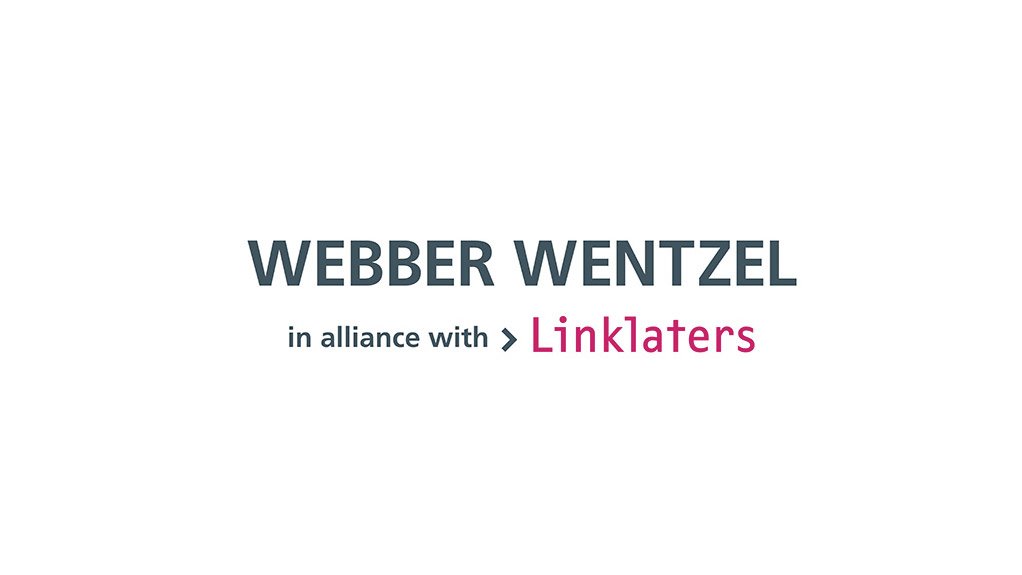Mining is critical to development, but development must be sustainable. The mining industry is susceptible to global changes in capital allocation and regulatory reform. Mining companies that can demonstrate responsible and sustainable mining practices can set themselves up to take advantage of ESG and sustainable finance trends.
The prominence of ESG presents an opportunity for mining companies to be 'proactive' rather than 'reactive' and to engage with ESG themes and issues. Below we identify some of the key ESG themes for 2023 that present mining companies with new business opportunities.
Phase out of coal and other fossil fuel-linked minerals in line with the Just Transition
The 'just transition' is a framework that seeks to ensure equitable shifts to a low-carbon economy/society through social inclusion and poverty eradication. It aims to protect the environment as well as livelihoods, to ensure that no-one is left behind. South Africa's Just Transition Framework document provides that between 2040-2050, coal will largely be phased out and communities will engage in other livelihoods. This is bolstered by and must be understood against the backdrop of the obligations in terms of the Paris Agreement which has seen governments, including the South African government, enacting legislation and regulations restricting fossil fuel consumption and exposure (both direct and indirect).
South Africa historically relied on its abundance of coal reserves to fuel baseload power and the economy. There are several pressure points for mining companies with respect to the global energy transition, including funding pressures from some financial institutions and lenders, and shareholder activism regarding fossil fuel finance. Stock exchanges across the world are increasing their disclosure obligations to include ESG factors.
The race is on to diversify portfolios to include the 'minerals of the future'. With the transition to a lower carbon economy, particularly in respect of key 'at risk' value chains such as the coal sector, comes significant opportunities in the form of new mineral prospects ('green metals' and 'minerals of the future') and new industries (green hydrogen, electric vehicles). Exploration activities and acquisitions are likely to see growth. Partnerships with companies both inside and outside the mining sector will be important.
Race to net-zero/decarbonisation of operations
Many of the largest metals and mining companies have set some level of net-zero greenhouse gas emissions target or are already claiming carbon neutrality. Drivers of this move to net zero include the Paris Agreement, Intergovernmental Panel on Climate Change, shareholder and stakeholder expectations, and financial institutions and stock exchanges. Investors’ capital allocation decisions are being increasingly driven by the view that climate change is a material financial risk.
With the focus on decarbonisation, many mining companies are repurposing. There is a risk that 'carbon-washing' re-branding is underpinned only by their current limited action on climate impacts and narrow net-zero focus. We are seeing an increase in the number of claims being brought for alleged 'greenwashing', which essentially means making misleading statements regarding one's green credentials or claiming one is greener than one is.
Recent amendments to electricity legislation are paving the way for greater private sector involvement in South Africa’s electricity industry. So far, there has been uptake by mines to establish renewable energy facilities at their sites to power the mines and ancillary operations, reducing the mine's respective carbon footprint. There are also opportunities for mines to potentially feed excess power generated back to the grid. Mines are also undertaking resilience-type projects, including energy efficiency projects in waste recycling and water treatment.
Fourth industrial revolution
The Fourth Industrial Revolution is resulting in the ongoing transformation of traditional industries such as mining with smart technologies. Automation, digitalisation, analytics, and artificial intelligence are changing the way that mines operate.
Automation and mechanisation in the mining sector could have positive net effects for the adverse environmental impacts of mining operations (e.g. technologies that eliminate the need for physical prospecting or exploration activities). Technology could also assist in areas such as mine, health and safety and reducing accidents and fatalities. For example, in South Africa, the mining industry recorded a step-change in reducing fatalities in 2022 partly as a result of using more technology and systems to reduce deaths from falls of ground. In 2023, it will be using advanced technology to reduce fatalities from trackless mobile machinery.
However, there is also a risk that increased reliance on automation and mechanisation could undermine the just energy transition if workers' jobs in the mining industry are replaced by technology and deemed redundant.
Workers will need to be re-skilled, redeployed and redirected to higher-value, technology-driven jobs which requires proper planning and funding. This requires careful strategic thinking and planning and engaging with all necessary stakeholders to ensure that the transition in South Africa is 'just' for the specific context.
Conclusion
In 2023, ESG will continue to gain regulatory traction across sectors, including the mining sector. Understanding key ESG themes and ESG risks is an important step to enable mining companies to seize ESG opportunities.
Written by Garyn Rapson, Partner, Nomsa Mbere, Partner, Jaqui Pinto, Senior Associate, Paula-Ann Novotny, Senior Associate & Dalit Anstey, Knowledge Lawyer from Webber Wentzel
EMAIL THIS ARTICLE SAVE THIS ARTICLE ARTICLE ENQUIRY
To subscribe email subscriptions@creamermedia.co.za or click here
To advertise email advertising@creamermedia.co.za or click here











